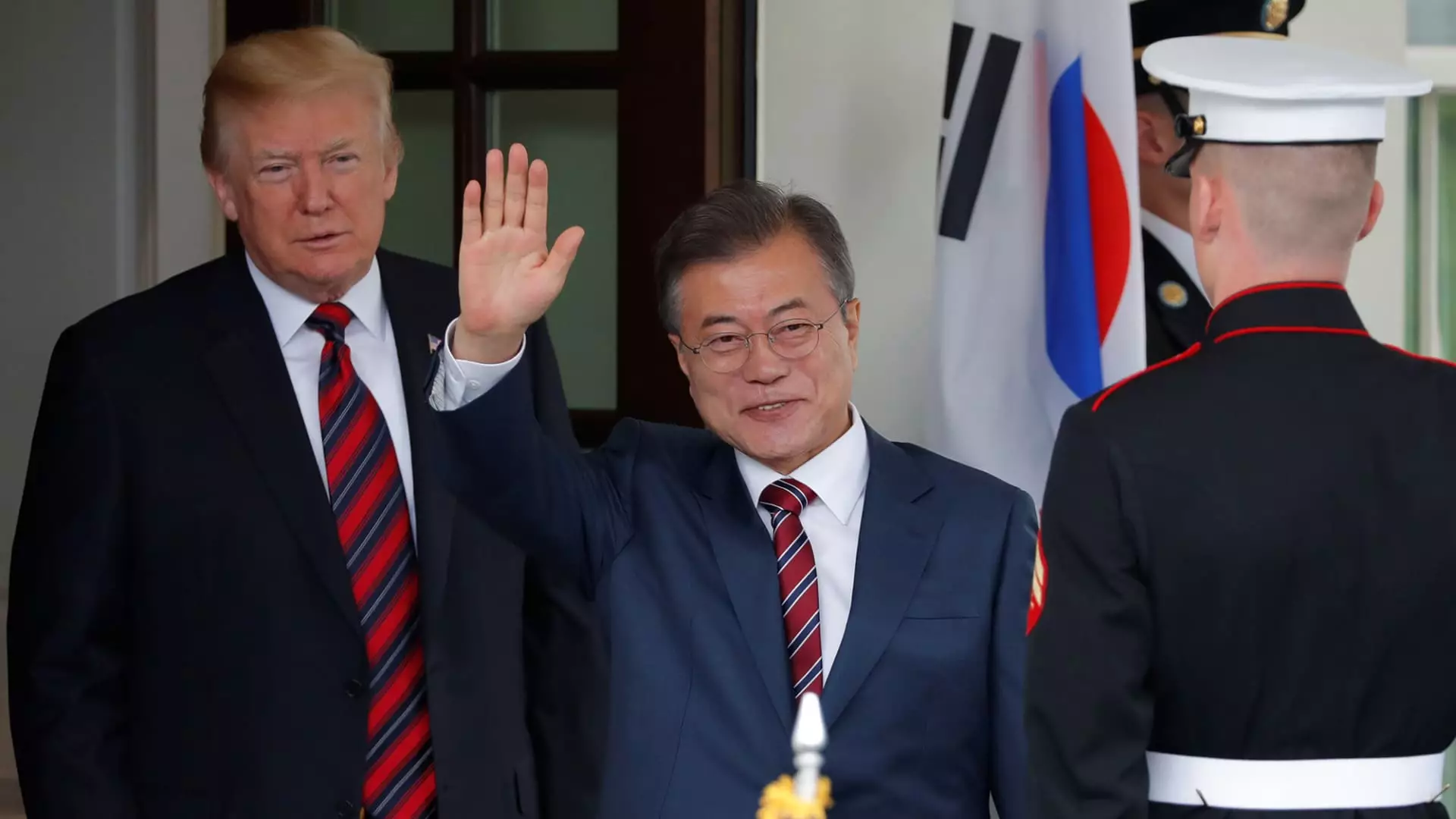The ongoing discourse surrounding President Donald Trump’s proposed tariffs raises significant concerns for the automotive sector, particularly for manufacturers relying on imports from South Korea and Japan. As the auto industry braces for potential changes in trade policies, it is essential to analyze the broader implications of such tariffs, how they impact consumer prices, and the future competitiveness of American automotive manufacturers.
In the context of U.S. automotive sales, South Korea and Japan play pivotal roles, contributing a combined 16.8% of vehicles sold in the country last year. South Korea emerged as the second-largest exporter, surpassing Japan and Canada, a change that speaks volumes about the shifting dynamics in global manufacturing and automotive design. These countries export vehicles tariff-free, making them significant players in a market dominated primarily by Mexico. The imposition of tariffs on these imports could result in elevated vehicle prices, compelling consumers to reconsider their purchasing decisions and potentially dampening demand.
Industry experts, such as Jeff Schuster from GlobalData, highlight the considerable exposure South Korean automakers like Hyundai face. Moreover, General Motors (GM) stands as a notable importer of South Korean models, indicating that the ripple effects of tariff implementation could largely affect specific major players. This situation underlines the intricate global supply chains that define modern automotive manufacturing. A shift in tariffs can reverberate throughout the industry, affecting not just suppliers and manufacturers, but ultimately, vehicle prices that consumers encounter at dealerships.
Tariffs are essentially additional taxes levied on imported goods, with the goal of protecting domestic industries. The concern remains that manufacturers will pass these costs onto consumers, raising vehicle prices significantly. Presently, vehicles imported from Japan are subject to a 2.5% tariff, while trucks face a substantial 25% tariff. Considerations loom large about how new tariffs will impact the market’s price sensitivity and whether consumers will absorb these costs or resort to more budget-friendly alternatives.
Hyundai’s recent emergence as the largest exporter of vehicles to the U.S. is significant, especially since GM relies on South Korean imports for many of its entry-level models. In recent years, GM has notably ramped up its imports, but with potential tariffs in play, the financial calculus could shift dramatically. Consumer preferences could pivot away from higher-priced models, leading to a decline in overall sales and profitability.
President Trump’s renegotiation of trade deals has had modest impacts on vehicle exports. Efforts made to facilitate better terms for automotive imports to South Korea did little to bolster exports back to the U.S. To complicate matters, the apprehension regarding tariffs on trucks aligns with a greater need for competitive equity in trade agreements. Executives from Ford have vocalized their concerns about the necessity for a comprehensive approach to such tariff policies, cautioning against selective application that only disadvantages certain marketplaces while favoring others.
Experts like Terence Lau argue that while the industry is adaptable to fluctuations in trade policy, the adjustment process can take time. The automotive sector cannot instantly pivot to meet new demands or supply changes; rather, it operates on forecasts based on consumer needs and historical data. The notion that single-digit tariffs constitute a ‘nuisance,’ while percentages reaching double digits inflict genuine pain on profit margins, exemplifies the broader concern of how these policy shifts could reshape market dynamics.
In the face of potential new tariffs, U.S. automakers must navigate a landscape fraught with unpredictability. Initiative and innovation will be key in overcoming market adjustments that stem from these trade policies. The auto industry thrives on consumer demand for efficient, affordable, and attractive vehicles, and as manufacturing costs rise, the challenge will be to introduce models that align with consumer expectations without excessively increasing prices.
Ultimately, it will all depend on how effectively U.S. automakers can adapt to these ongoing challenges. With a careful strategic approach, there exists an opportunity to leverage established market positions while exploring new avenues for growth. Amidst these potential tariffs, the U.S. automotive landscape may very well become an arena of heightened competition and innovation, reflecting the necessity for continual adaptation in an ever-evolving global trade environment.

